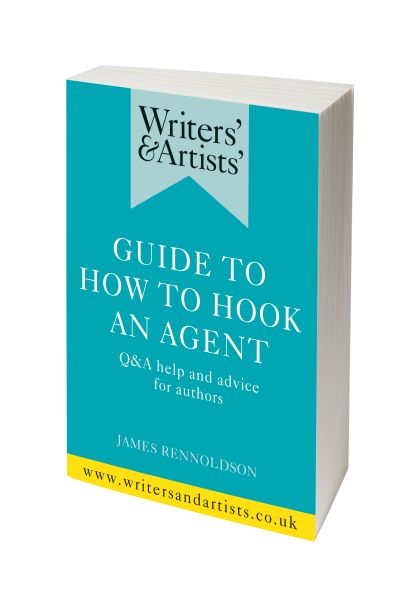In this extract from Writers' & Artists' Guide To How To Hook an Agent — a quick-fire introduction to the process of gaining literary agent representation — James Rennoldson offers writers points to consider ahead of preparing their submission documents...

One of the most difficult things for a writer to come to terms with after many months (sometimes years) of living inside the creative bubble of actually finishing a manuscript is to suddenly change tack and conform to ‘business mode’. Yet that’s precisely what’s required in putting together a manuscript submission. Adhering to agency guidelines is all part of this, and doing so means your book stands a better chance of being accepted. Keep the following basic principles in mind.
- Once a manuscript is acquired it receives an edit, a cover, a sale price and a marketing campaign. In short, it becomes a real book, and books are products which publishers have invested in and want to profit from. Always try to stay true to your writing but do understand that in trying to become published what you’ve produced is no longer just for you: a company deciding to invest in your writing means they want it to have an appeal among a target audience, and your agent and publishing house team will base decisions around this.
- It can help to think about trying to get an agent as being like trying to get a job. Yes, it can be frustrating and time-consuming to prepare the relevant documents, but it’s necessary to do so if you’re going to be considered for the role. Sending your manuscript to an agent isn’t quite the same as applying to become a worker bee for a huge conglomerate, though. You’re trying to find a creative ally. Someone with whom you’ll have close-knit discussions about the direction of your writing; who you’ll trust to raise awareness of your manuscript and then do their best to have a publisher buy it.
- Agents have particular submission guidelines and request certain documents for two reasons: first, it allows them to quickly process the huge number of manuscripts they receive; second, it provides the fairest way to get a sense of whether the writing is for them, and also an idea of what the author might be like to work with.
In short, submission guidelines are part of the process; do you and your manuscript justice by following them. They’re not there just to make you jump through hoops, but rather for the practical purposes of ensuring that agents can process submissions in a manner that allows them to concentrate solely on the standard of the writing. Why wouldn’t you take the opportunity to put the agent you’re submitting to in a positive frame of mind before they’ve even read the first sentence of your manuscript?
What a manuscript submission generally consists of:
Always check the submission guidelines of each individual agent you’re querying and ensure you follow them carefully. The following are generalities only.
- Fiction: one-page covering letter, one-page synopsis, opening three chapters or first 10,000 words.
- Middle grade/YA: as above.
- Picturebooks: one-page covering letter, short synopsis, full text of single picturebook. A page-spread that corresponds with the picturebook text may be asked for if available.
- Non-fiction (narrative, such as autobiography/memoir): one-page covering letter, one-page synopsis, opening three chapters or first 10,000 words.
Written in Q&A format, the Writers' & Artists' Guide To How To Hook an Agent is an introduction to the process of submitting a manuscript to literary agents, and is directly inspired by popular questions asked by writers that have attended our long-running series of events of the same name. If you're looking for a literary agent to represent your manuscript order your copy here, or to find out about our latest events click here.
Comments